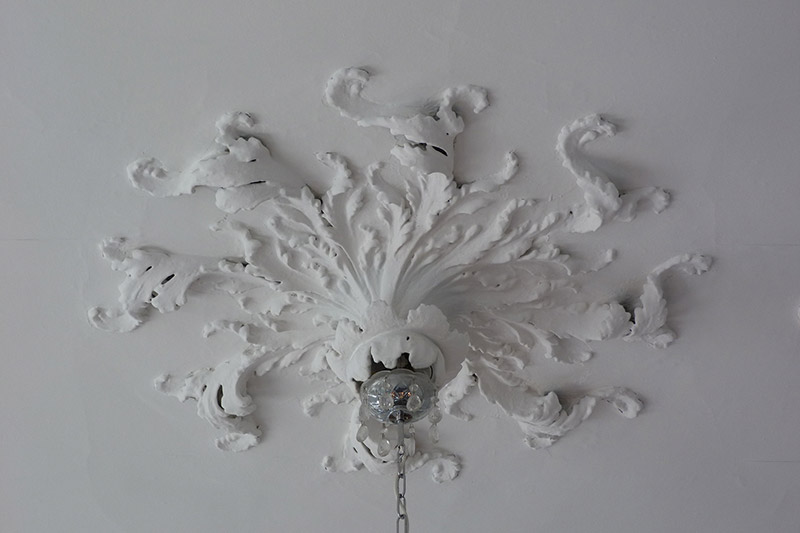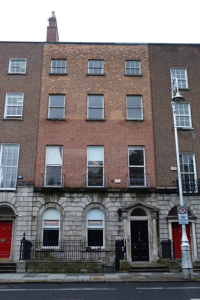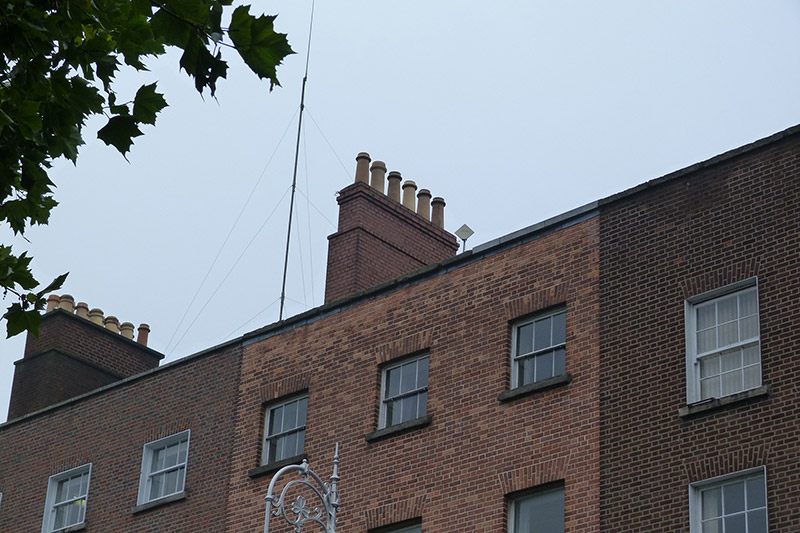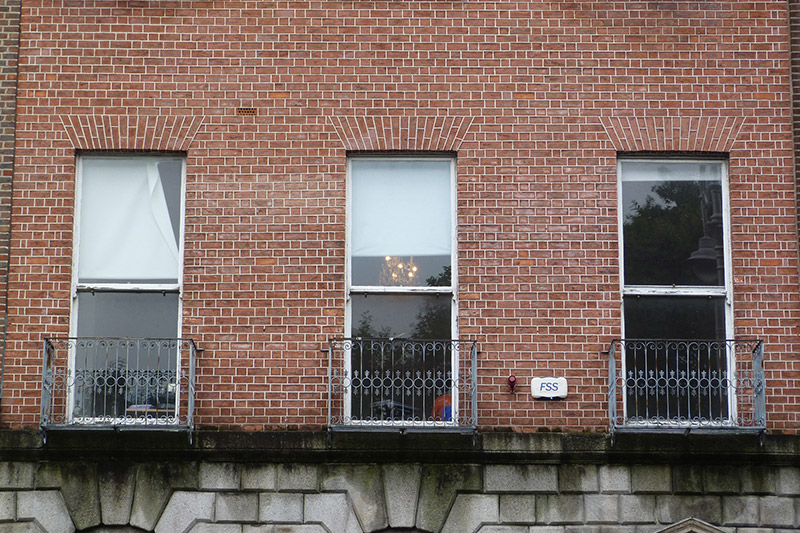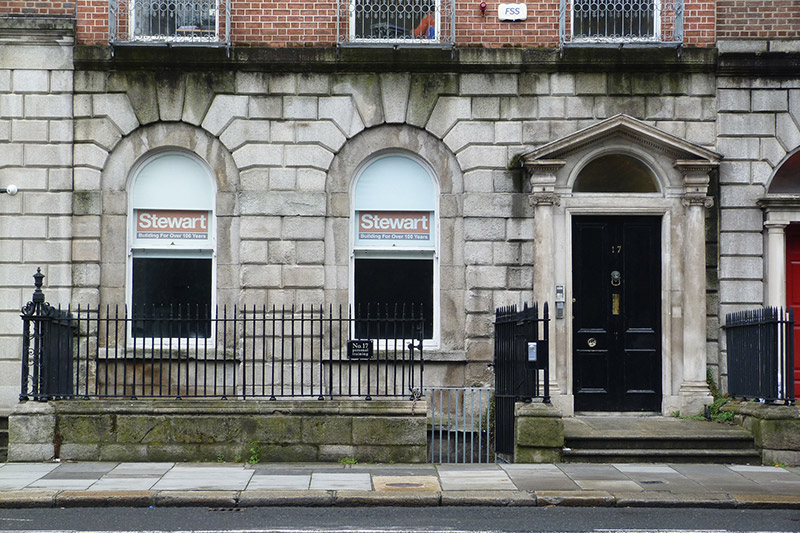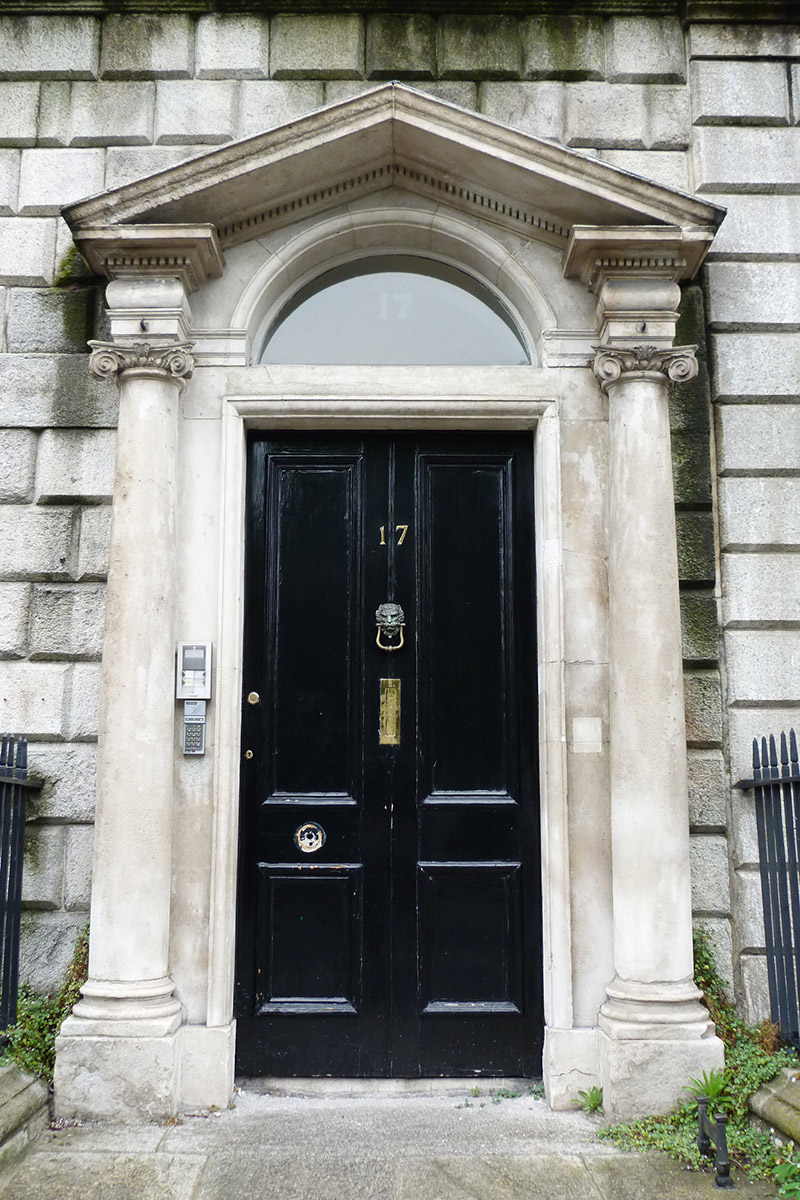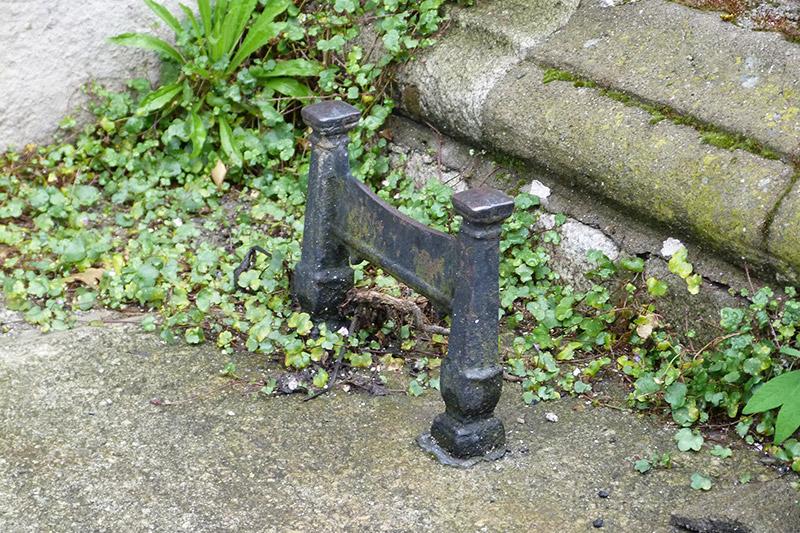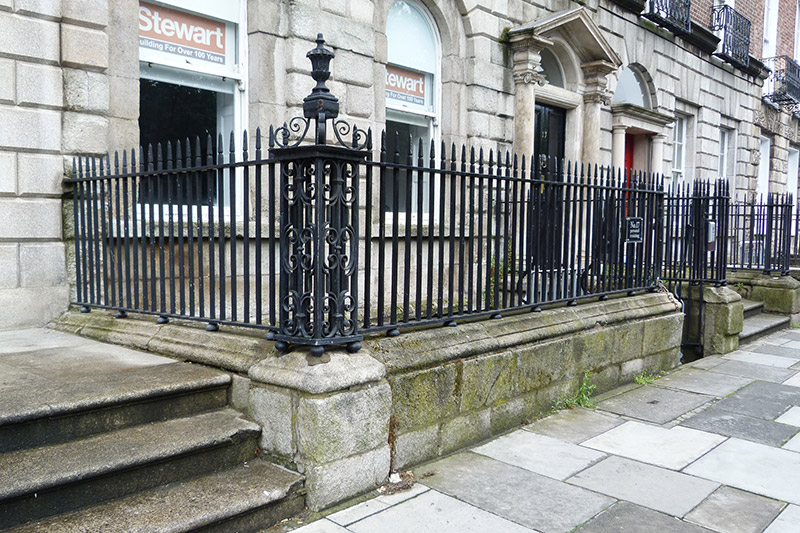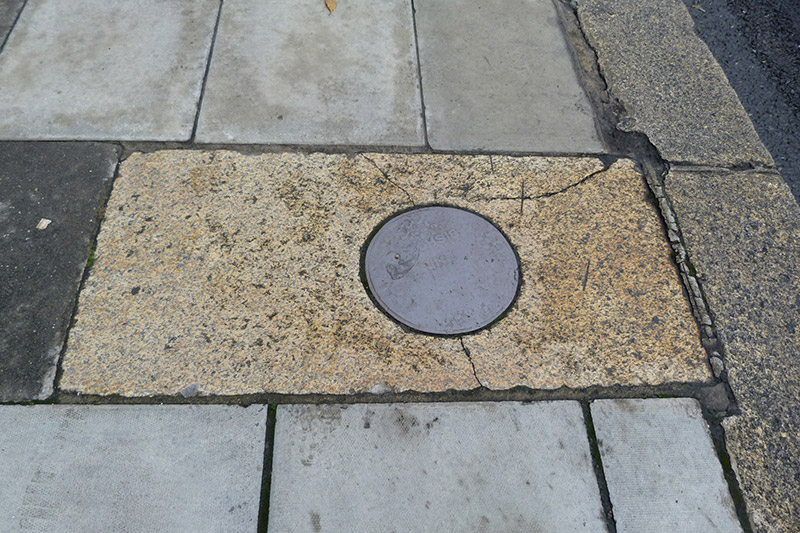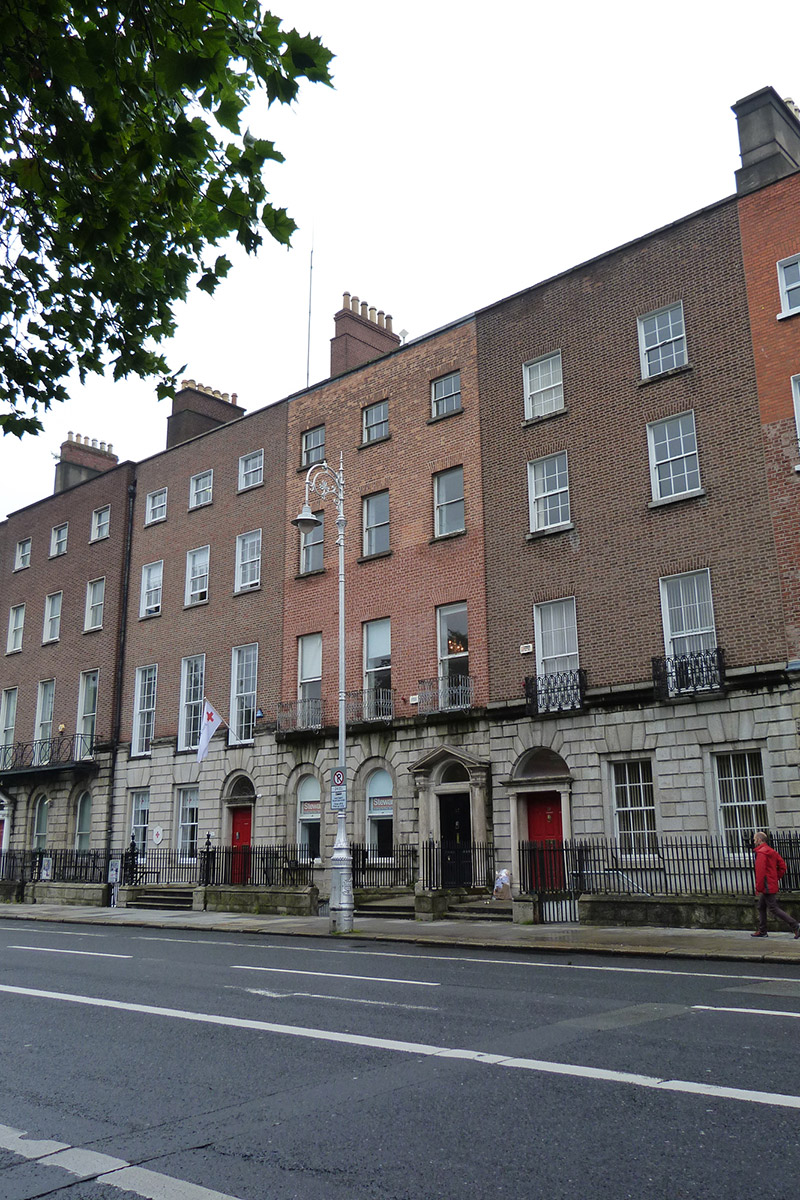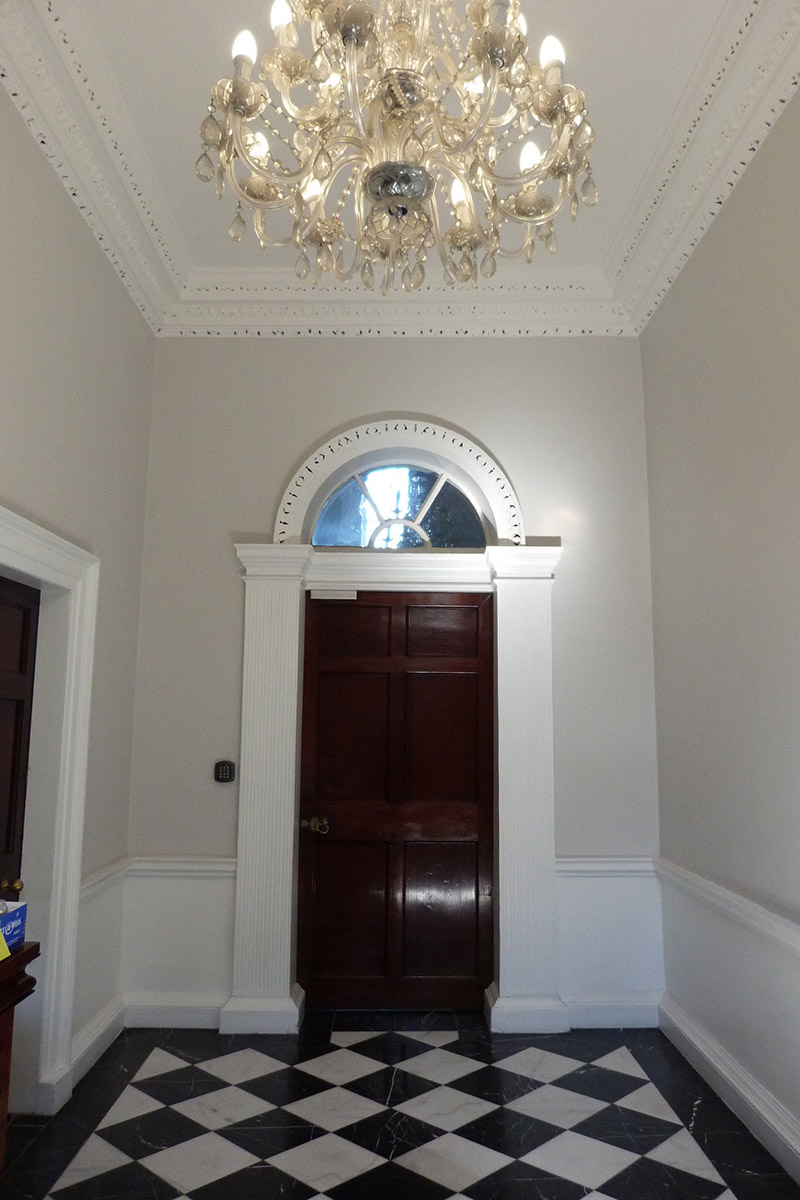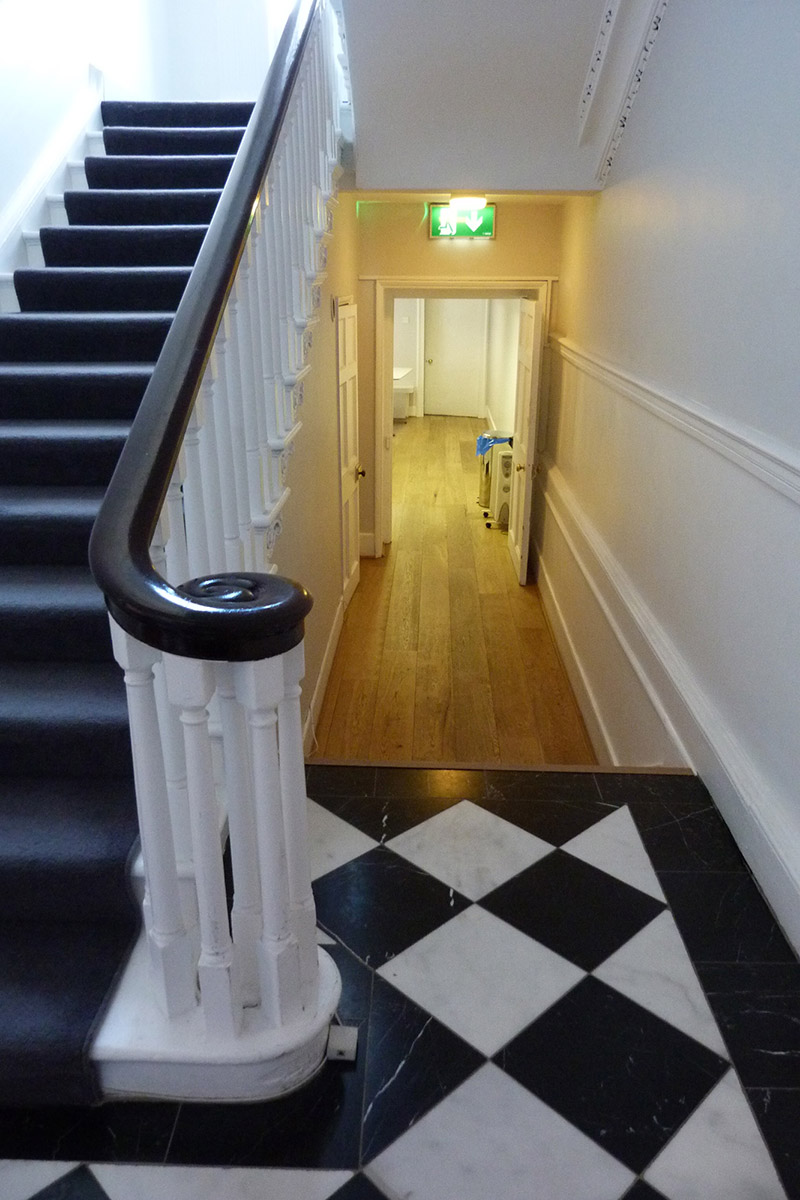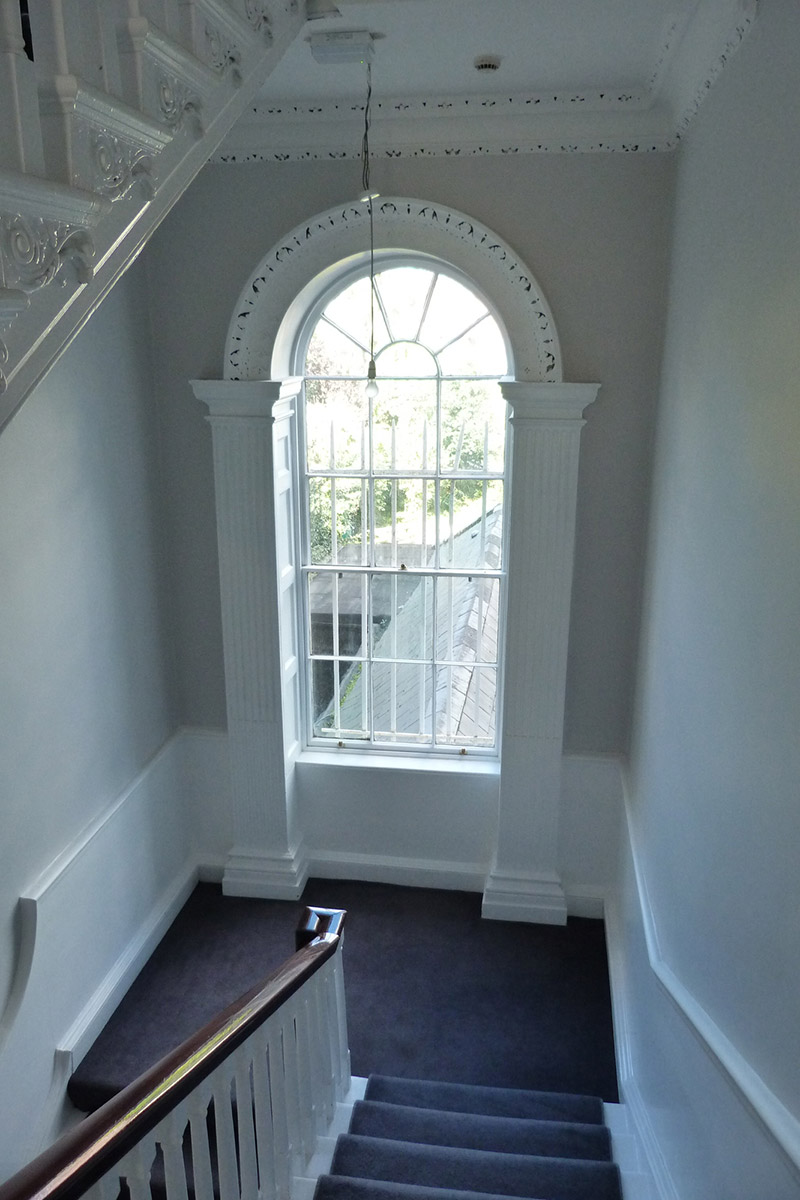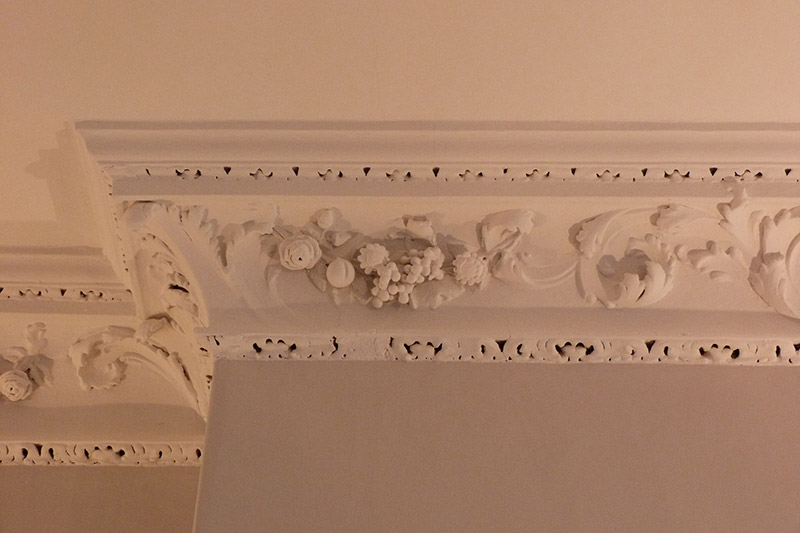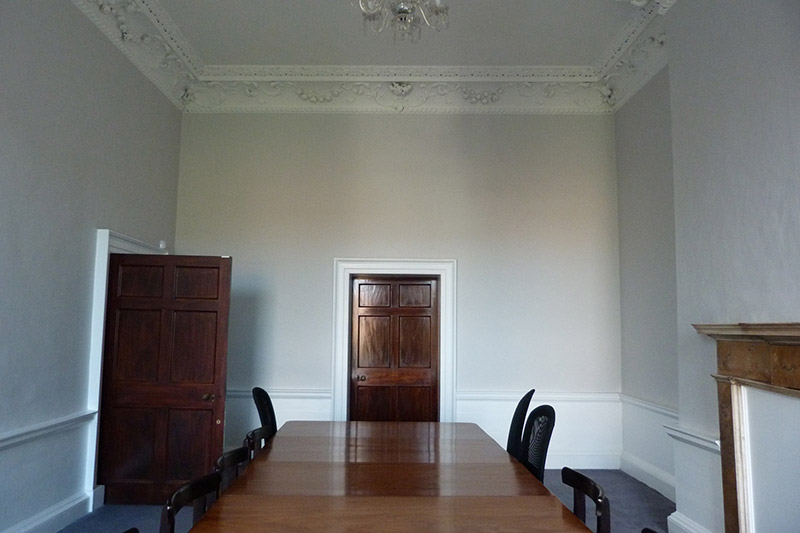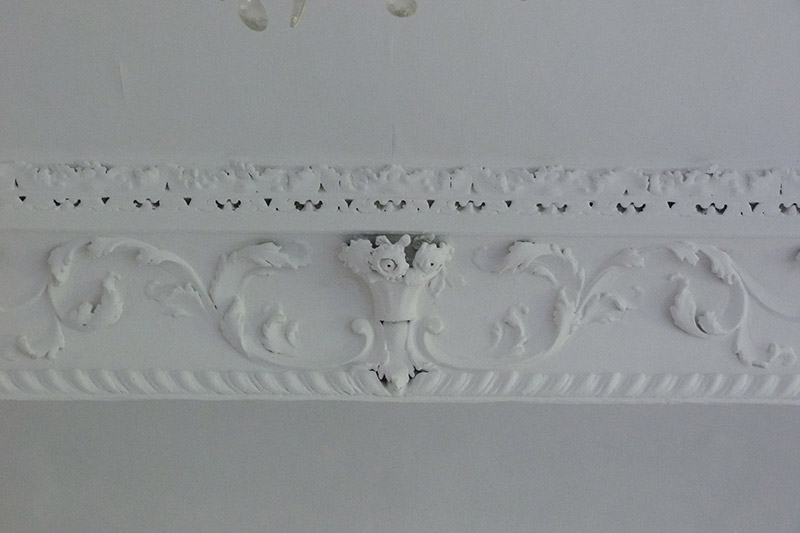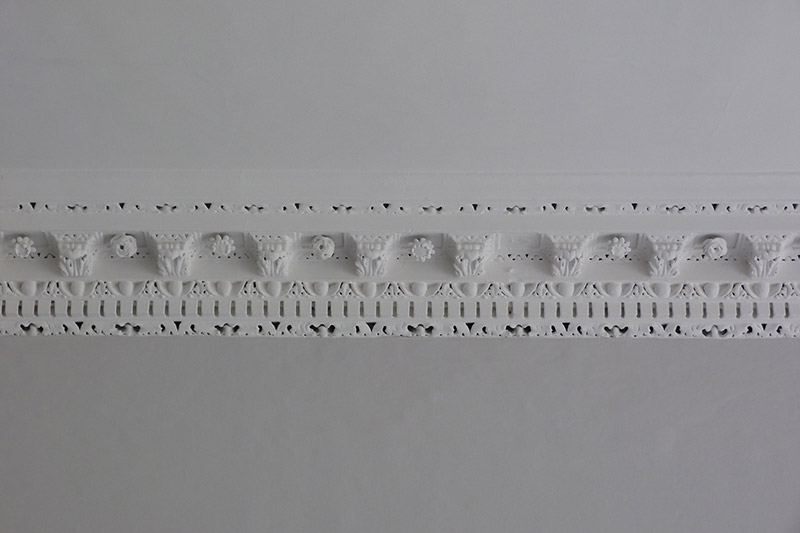Survey Data
Reg No
50100364
Rating
Regional
Categories of Special Interest
Architectural, Artistic
Original Use
House
In Use As
Office
Date
1760 - 1770
Coordinates
316716, 233655
Date Recorded
18/08/2016
Date Updated
--/--/--
Description
Attached three-bay four-storey former house over basement, built c. 1765, with one-storey over basement addition to east end of rear. Now in use as offices. Slate roof, pitched to front, hidden behind brick parapet with granite coping, and rear part being hipped lean-to roof to east and hipped roof to west. Shouldered brick chimneystacks to west party wall, with clay pots. Flemish bond red brick walls to first floor upwards, rusticated granite walling to ground floor, and exposed granite walling to basement; apparently exposed brick to rear wall. Square-headed window openings to first floor and above, diminishing in height to upper floors, with rendered reveals, painted granite sills and timber sliding sash windows, one-over-one pane to all except top floor which is three-over-three pane. Decorative wrought-iron balconettes to first floor. Round-headed window openings set in granite recesses to ground floor, and segmental-headed to basement. Apparently timber sash windows to rear, three-over-three pane to top floor and six-over-six pane below, including round-headed stairs window. Round-headed entrance doorway with Portland stone linings, open-bed pediment on engaged Ionic columns, plain fanlight and four-panel timber door. Granite platform with cast-iron boot-scrape and two nosed granite steps. Wrought-iron railings to basement area with decorative wrought and cast-iron corner post on carved granite plinth. Cast-iron coal-hole cover set in granite flag to footpath. Entrance hall and stairs hall have tiled floors, deep timber skirtings and dado rails, egg-and-dart plasterwork cornices and ceiling roses and square-headed door openings with moulded timber architraves and timber flat-panel doors; stairs hall has timber open-string staircase with turned balusters and ramped mahogany handrail; round-headed stairs windows with fluted pilasters and egg-and-dart archivolt; ground floor rear room has deep timber skirting and timber chair rail, marble chimneypieces to west wall, square-headed doorway with moulded timber surround and timber flat-panel door and Rococo plasterwork cornice; first floor rooms have deep timber skirtings and chair rails, marble chimneypieces to west wall, square-headed doorways with moulded timber surrounds and timber flat-panel doors, dentillated cornice and heavy plasterwork ceiling rose to front room, and Rococo plasterwork cornice to rear. Rear of plot has garden to middle part, double-roof mews house to north and carparking and boundary wall of rubble stone, brick and concrete block to rearmost part with pedestrian and vehicular entrances.
Appraisal
No. 17 Merrion Square was built as part of the original development of the Georgian square. The façade is enhanced by the inclusion of unusual round-headed windows set into the rusticated ground floor and of the delicate wrought-iron balconettes. The interior is decorated with restrained Rococo plasterwork cornices. The pedimented doorcase and intact setting features ensure that this houses contributes significantly to the intact nature of the square. Laid out as part of the Fitzwilliam Estate, Merrion Square is one of the best-preserved Georgian streetscapes in Ireland. The north, east and south sides of the square are lined with terraced houses of eighteenth and nineteenth-century date, while the west side is terminated by the garden front of Leinster House. The houses maintain a relatively uniform building height and design, attributed to standards promoted in Fitzwilliam's leases. Individuality was introduced through the design of doorcases, ironwork and interior decorative schemes.
